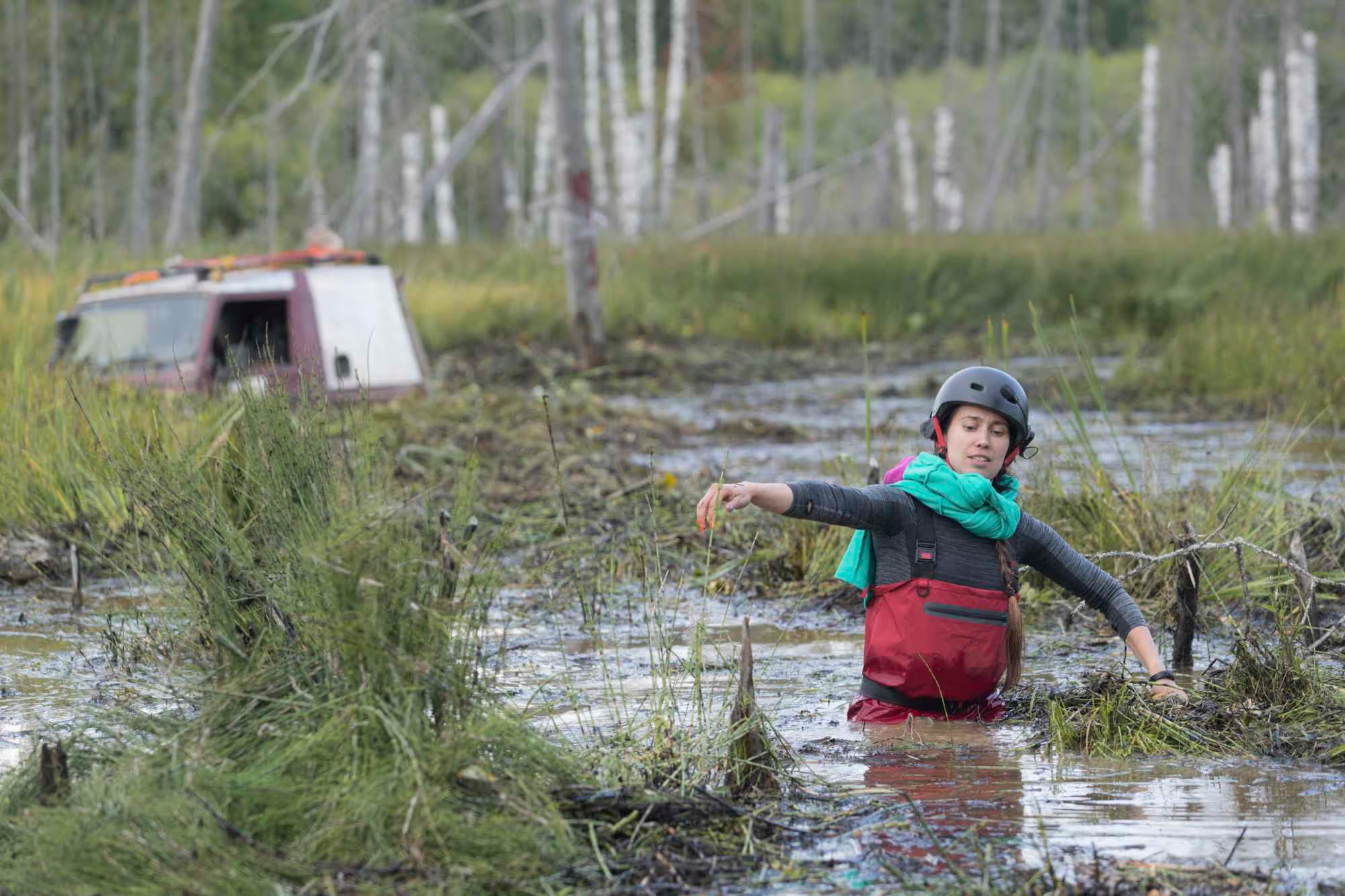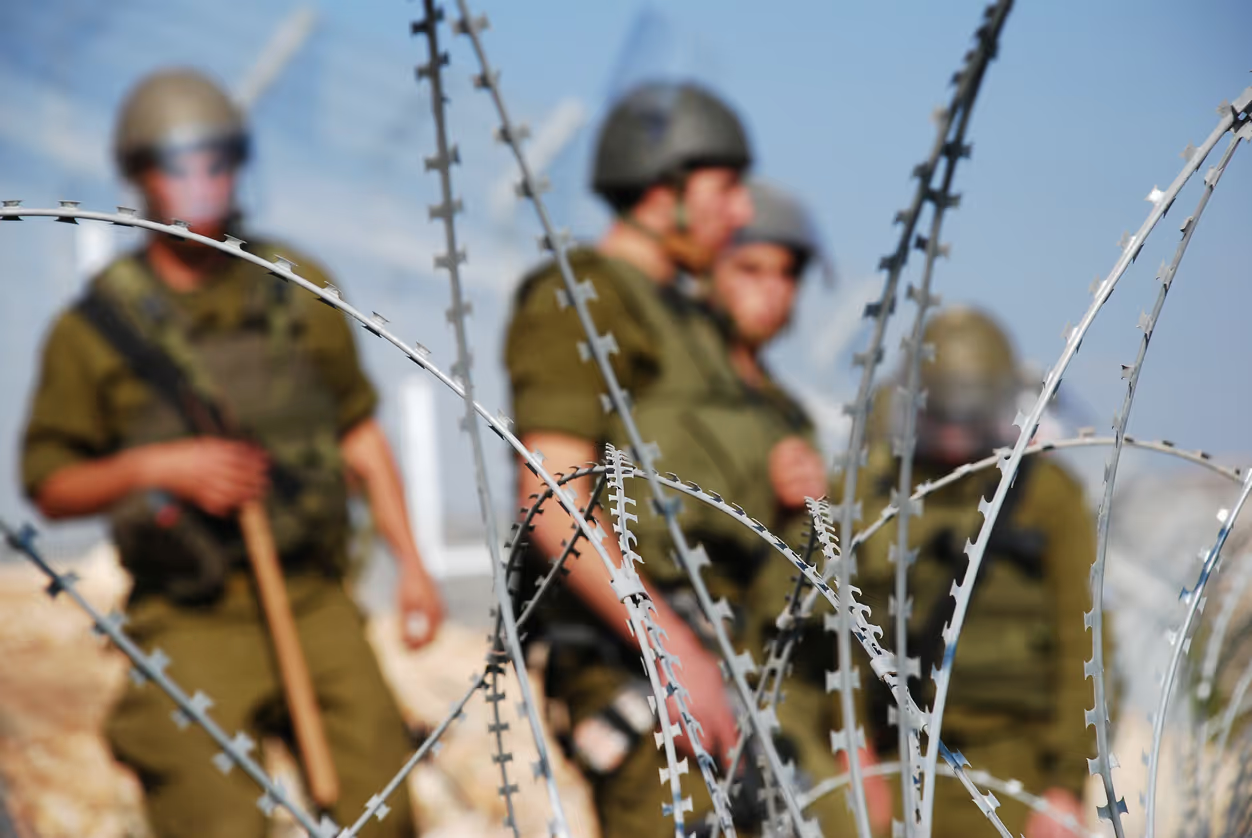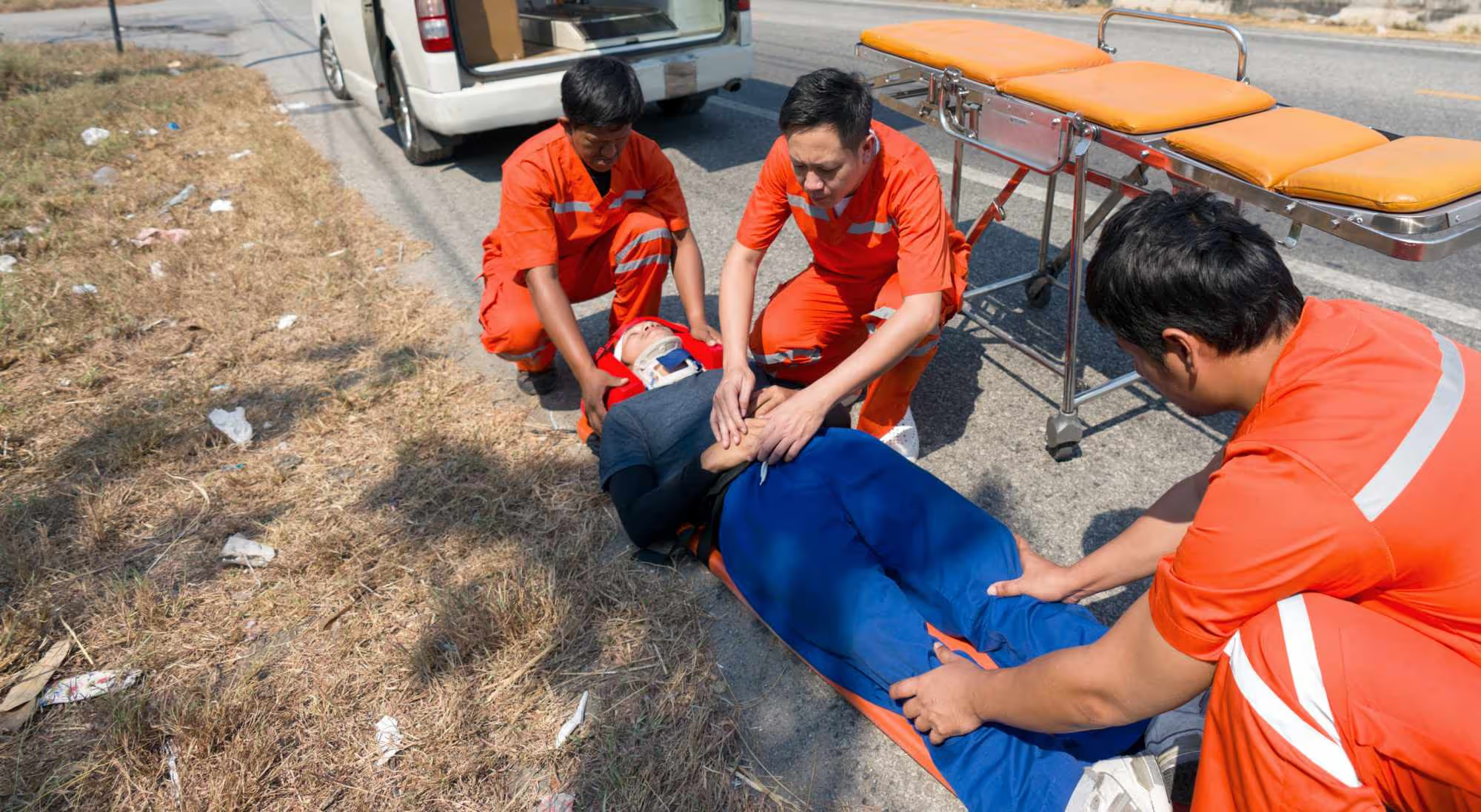What Does “High-Risk” Actually Mean?

Every insurer has their own risk classification system. Some base it on:
- UK FCDO or US State Department travel advisories
- Internal underwriter assessments of conflict, crime, or instability
- Data on terrorism, kidnapping, disease outbreaks, or evacuation capacity
- Sanctions or diplomatic relationships
- Their own commercial comfort level
That means one insurer might list Ethiopia as “moderate,” while another won’t cover it at all.
This inconsistency is why many NGOs find themselves underinsured or refused cover at the last moment.
Common Triggers for a High-Risk Classification
If your project location fits one or more of these, it’s often classified as high-risk:
- Active or recent armed conflict (e.g. Gaza, Sudan, Ukraine)
- Widespread civil unrest or coups (e.g. Niger, Myanmar)
- Disaster zones with limited infrastructure (e.g. Haiti post-earthquake)
- Areas under sanctions or embargoes
- Regions with high kidnap or ransom threat (e.g. Sahel region, Syria)
- Extremely remote areas with poor evacuation options
And unfortunately, many insurance policies exclude these regions by default.
🔗 Check the UK FCDO’s “advice against all travel” list — if your project site appears there, you likely need a specialist policy.
[View the list]
Why You Need a Specialist Provider
At insuranceforngos.com, we don’t just tolerate high-risk environments — we build policies specifically for them.
✅ Valid in red and amber zones under FCDO guidance
✅ No blanket country exclusions
✅ Designed for conflict, disaster, and remote-area deployment
✅ Medevac and repatriation always included
✅ 24/7 multilingual claims response
✅ Coverage for both local and international staff
Learn more on our conflict zone insurance page or explore local cover options.
A Real Example: The “Safe Zone” That Wasn’t
An NGO sent a health team to what was described as a “low-risk” region of Burkina Faso. Three days into the mission, violence flared 20km away — and road access to the site was lost.
Their standard insurer refused to honour the policy, citing a clause excluding “volatile or deteriorating security zones.” The NGO had to coordinate — and pay for — the team’s evacuation themselves.
With our policy? The team would’ve been covered from day one.
How We Classify Risk (Hint: We Don’t Exclude It)
We don’t maintain a list of excluded countries. Instead, we:
- Accept all FCDO-classified regions, including red
- Evaluate operational realities, not assumptions
- Offer coverage from 3 days to 12 months
- Support solo travellers or entire teams
- Handle emergency claims fast and with authority
If your team is there to help — we’re there to support you.
Questions to Ask Before You Deploy
Before you send staff into a remote or hostile area, ask:
- Is this location excluded from your current policy?
- Will medical and security evacuation be valid here?
- Does your insurer have 24/7 global claims support?
- Will the cover apply to local and expat staff alike?
- Can you start cover in under 24 hours if needed?
If the answers are unclear, you may be at risk.
✅ Need to Confirm You’re Covered?
Get a quote for high-risk location cover
Speak to our team about your location and project
Read our conflict zone insurance FAQs
Wherever you’re going — we’ve probably insured it before.
And we’re ready to help you do it safely.



